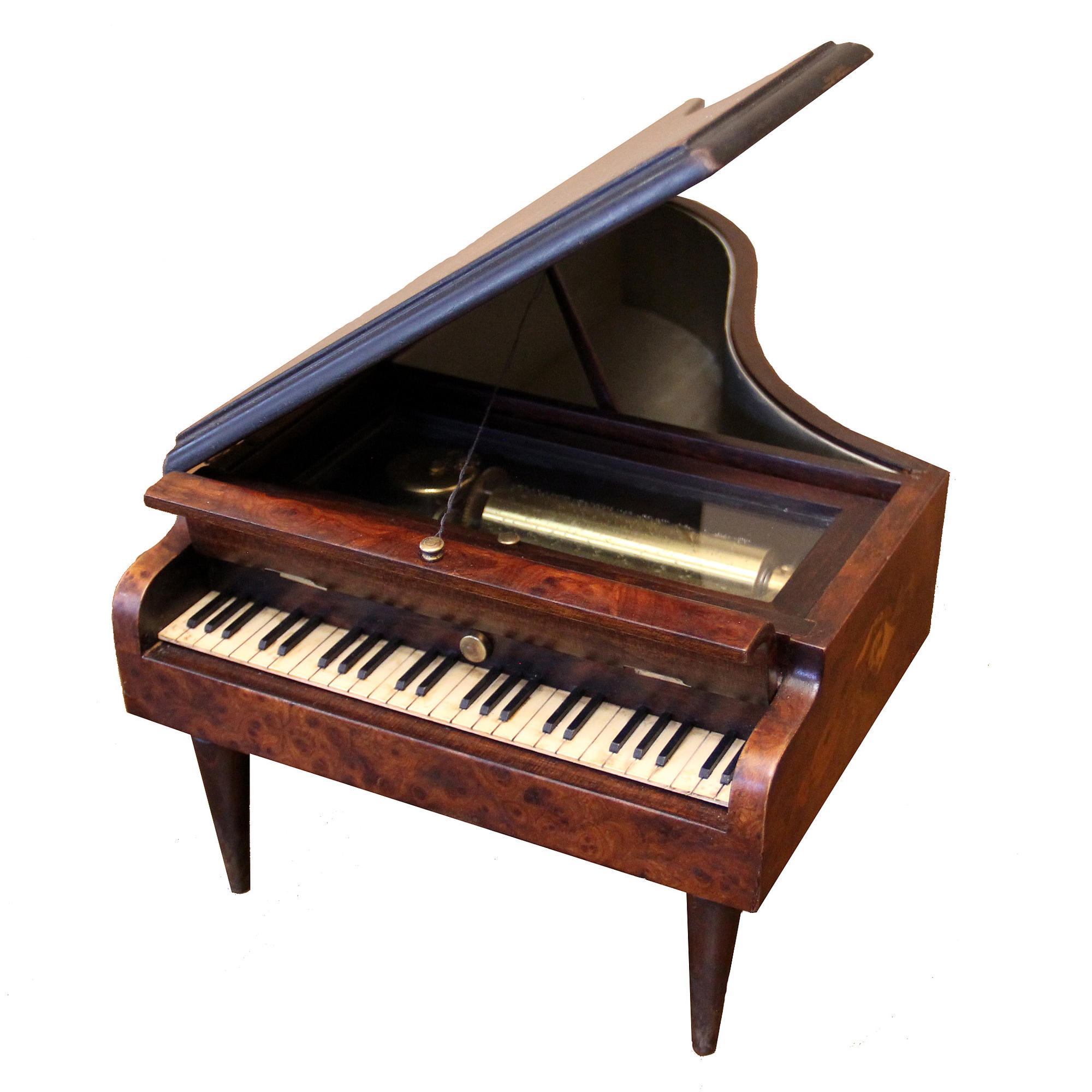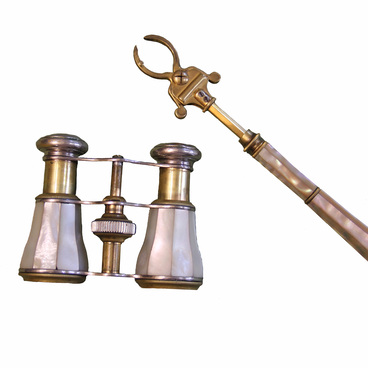On the music casket Grand Piano of the second half of the 19th century there is a mark of the Swiss company Jobin Music that has been in operation since 1835 up to date. Music caskets are one of the streams; the firm deals with traditional arts and crafts.
Music casket
Creation period
Second half of the 19th century
Dimensions
14,5x22x36 cm
14,5х22х36 cm
14,5х22х36 cm
Technique
Wood, metal, fabric, bone
Exhibition
2
Open in app#1
Music casket
#3
#9
The casket is made in the form of grand piano, under the cover of which there is a winding mechanism. The spring of the instrument is winded with a special key. The revolving part called note or disk touches the prongs of the chaser placed underneath. Each prong has its length: the shorter is it, the higher is the sound.
#10
The holes on each disk — perforation — are placed in such a way that different melodies sound from touching the chaser. The bigger is a diameter of the revolving disk, the longer is a melody. For the instrument to reproduce several music pieces successively, several perforations are applied on the disk: having played off one melody, the casket automatically switches over to the next one. Six melodies are applied on the revolving element of the music casket. They are played uninterruptedly until the winding mechanism stops. Some winding caskets are intended for removable disks: each of them reproduces only one motive. Normally they are kept in a special drawer at the bottom of the instrument.
#11
The sounding of caskets depends on the material they are made of. Most frequently, chaser is made of metal and housing — from wood. Wood for housing must be fairly thin in order to ensure adequate resonance of the sound and at the same time durable so that the casket could withstand vibration and rotation of the internal mechanism.
#12
Apart from music caskets with mechanical winding, there are also manual ones. The latter play a melody while someone manually spins a handle-lever.
#5
The housing of the casket exhibited in the collection of the museum is decorated with a drawing in marquetry manner — inlaid wood mosaic. The details are made of pieces different in sizes and structure of wood species. Additionally the casket is decorated with elements from bone and fabric.
#13
The firm Jobin Music still produces caskets in the form of grand pianos. As compared to the exhibit, the present-day articles were made narrow by one centimeter and the number of octaves on the keys was reduced from 4 down to 3.5.
read morehide
00:00
00:00
1x
Music casket
Creation period
Second half of the 19th century
Dimensions
14,5x22x36 cm
14,5х22х36 cm
14,5х22х36 cm
Technique
Wood, metal, fabric, bone
Exhibition
2
Open in app
Share



